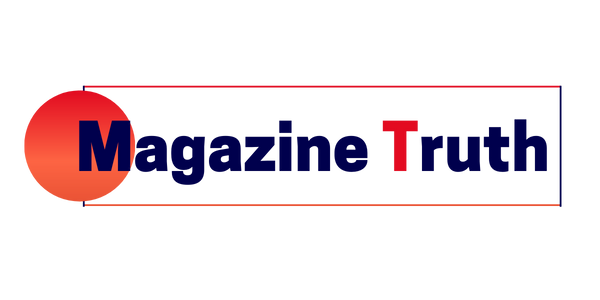Build usability and accessibility into your website design

Usability and accessibility are central to good web design… and yet both are frequently ignored, or at least are not given the weighting they warrant when it comes to making design decisions. They are about making sure that your site content can be accessed by the widest possible audience, and delivering the information and functionality users want in a way they’re comfortable and familiar with.
Usability
The theory behind web usability is straightforward enough: simple, elegant and functional design helps users to achieve what they want to achieve online more effectively. It’s about taking the frustration out of the user experience, making sure things work intuitively, eliminating barriers so that users accomplish their goals almost effortlessly.
Your goal is to help the user to do what they want to do in the most efficient and effective way possible. Everything else is just web clutter. Achieving a simple, elegant design that delivers what the user wants with a minimum of fuss isn’t easy, but putting in the effort can pay huge dividends.
Accessibility
The term accessibility, in relation to the web, refers to the process of designing your website to be equally accessible to everyone. A well-designed website should allow all users equal access to the information and functionality they deliver. By adhering to accessibility guidelines when designing your site you are basically making sure that it is useful to as broad a cross-section of your target audience as possible.
If your site complies with accessibility guidelines it will also work seamlessly with hardware and software designed to make the internet more accessible to people with disabilities. For example, by making sure you include descriptive text alternatives to images and multimedia content on your website you can help visually impaired or even completely sightless visitors to access your site through special text-to-speech software and/or text-to-Braille hardware.
How stringently you choose to adhere to these accessibility guidelines will depend on several factors, including the nature of your site, your target audience and, in some circumstances, the requirements of local accessibility legislation.
Words make your website tick
The world of the web is dominated by words. Audio, video, flash and animation may seem to be everywhere online, but even in an era where multimedia content seems to be taking over, at its core the web is still all about text, and the connections between different words and phrases on and between websites.
Know your competition
Identifying your competition, analyzing what they are trying to achieve with their websites, where they are succeeding and where they are failing, can be a great way of getting ideas and looking at different ways to compete online. Take the keyword phrases you have identified for your website and type them into leading search engines – the sites that rank highly for your keywords are your online competition.
Choosing your domain name
Every website on the internet has a unique address. It is called an IP address, and is not very interesting, informative or memorable to most humans.
Last word
You may decide to incorporate one of your keyword phrases into your domain name. Opinion varies on the significance of this in terms of its impact on your search engine ranking, but it may help both search engines and users to establish what your site is about right from the start.





